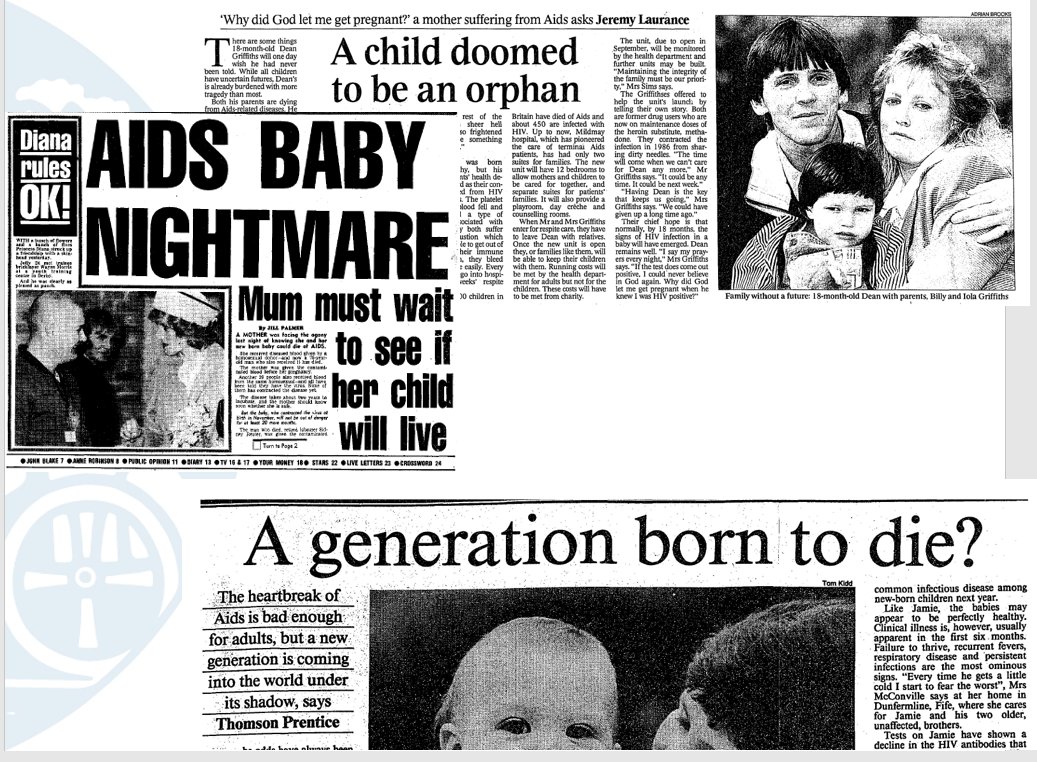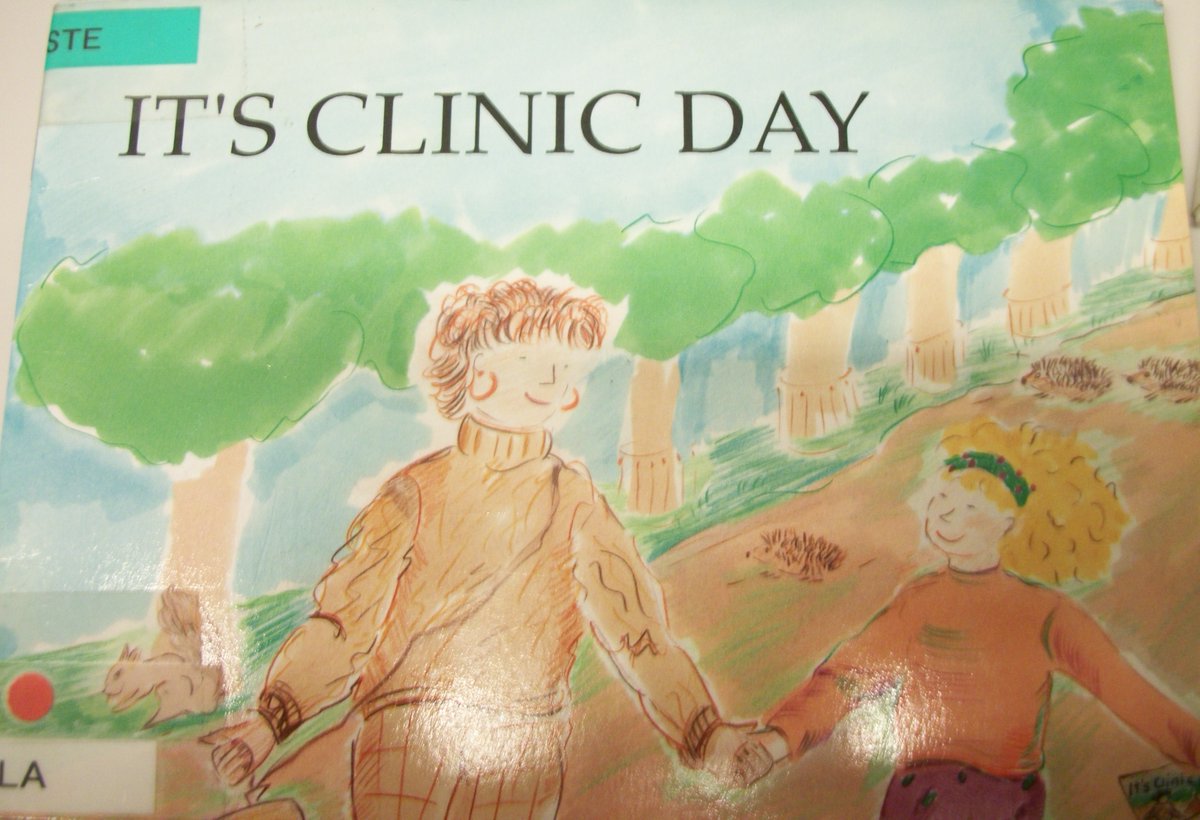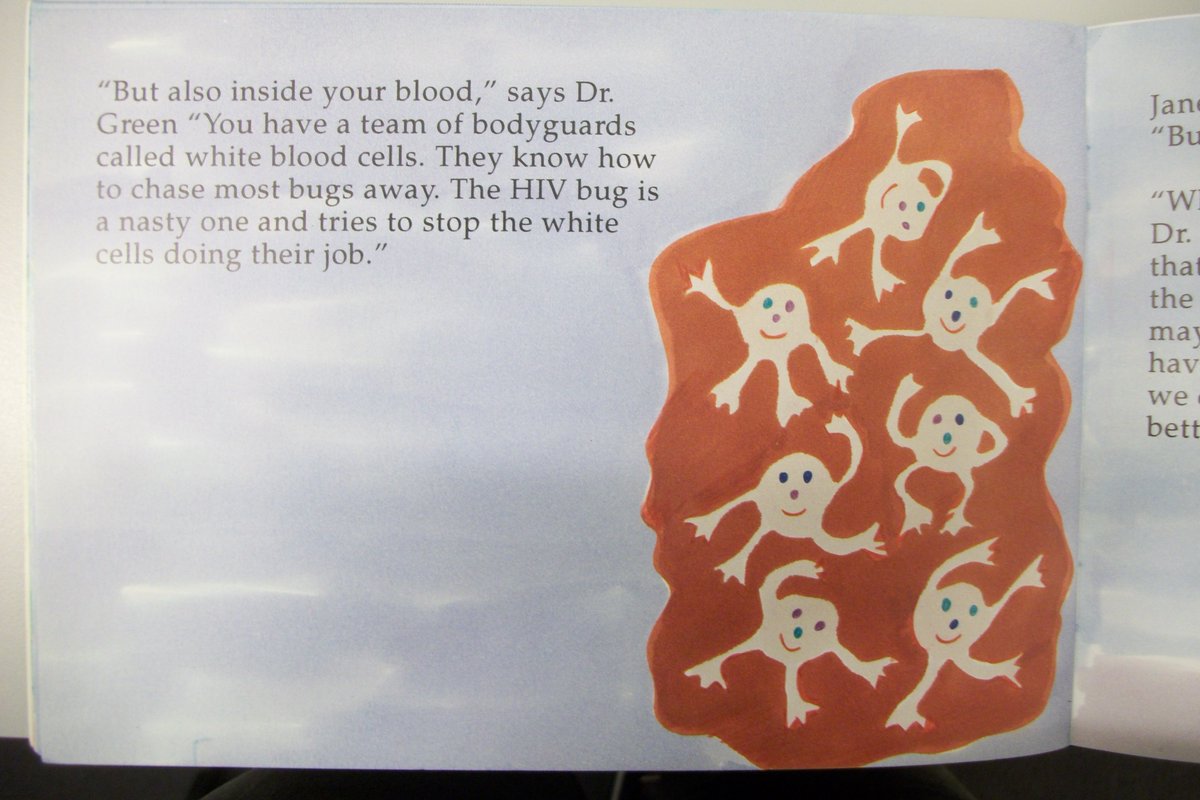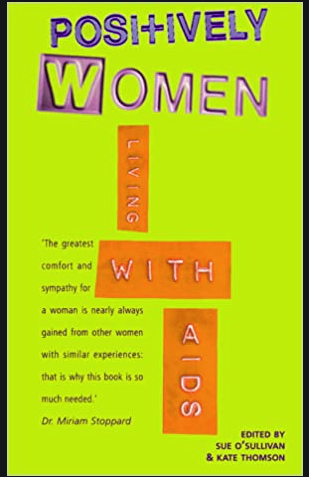
If you've watched #ItsASin & are wondering about some of the other lives touched by #HIV in the 1980s, let me tell you a little about my research on HIV-affected women & children from the 1980-1990s. #thread #lgbtq #HIV
My PhD was on representing #HIV to children & adolescents. I looked at school education, TV, leaflets, teenage magazines, basically any children's media that engaged directly with the subject of #AIDS. #histsex
My article on HIV in Grange Hill is here:
academic.oup.com/tcbh/advance-a…
My article on HIV in Grange Hill is here:
academic.oup.com/tcbh/advance-a…
Because children were basically assumed to be heterosexual in the 1980s/1990s🙄, my work often looked at educational materials created for heterosexual teens who adults assumed wouldn't get #HIV if told about safer-sex...
My article on Brook's campaign: academic.oup.com/shm/advance-ar…
My article on Brook's campaign: academic.oup.com/shm/advance-ar…
Because kids were assumed to be straight, & #Section28 censored access to #LGBTQ education, resources for queer teens & children affected by #HIV were thin on the ground. HIV+ women were among those who stepped into the breach.
My article on sex education wellcomecollection.org/articles/WxZnZ…
My article on sex education wellcomecollection.org/articles/WxZnZ…
1980s & 1990s media deployed images of HIV+ women & children to reinforce stigma, using them as figures of tragedy, shame & blame.
But #HIV+ women & children were among those who fought against these narratives.
But #HIV+ women & children were among those who fought against these narratives.

Some HIV+ teens educated their peers at school, HIV+ mothers created resources for their children. Organising creshes, playdates, etc. But they also wrote story books, which explained #HIV, & scripted difficult conversations for other HIV-affected parents.
It's Clinic Day 1992

It's Clinic Day 1992


The stories of #HIV-affected women & children deserve more space, & nuance, than twitter allows.
The collection 'Positively Women: Living with AIDS' is good place to start. Read their stories in their own words.
waterstones.com/book/positivel…
The collection 'Positively Women: Living with AIDS' is good place to start. Read their stories in their own words.
waterstones.com/book/positivel…

For the next 3 years I'm researching #HIV-affected family life, looking at how love, care & activism (as above) built & maintained families affected by HIV in Edinburgh. By families I mean #LGBTQ & straight, lovers, friends, mums, dads, kids, etc🏳️🌈😍💕
wellcome.org/grant-funding/…
wellcome.org/grant-funding/…
• • •
Missing some Tweet in this thread? You can try to
force a refresh



